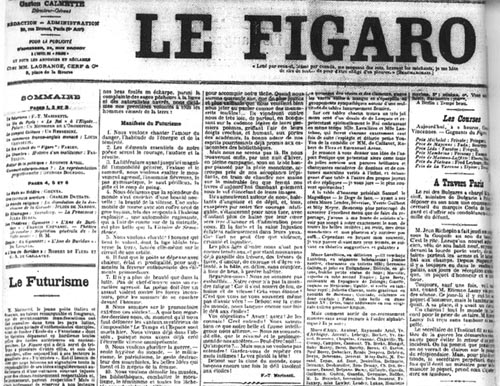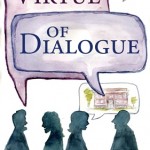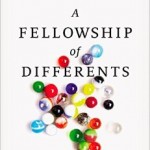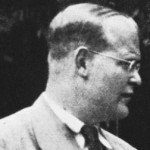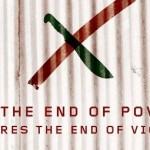In February 1909, the Italian poet Filippo Tommaso Marinetti published his Futurist Manifesto in the French newspaper Le Figaro. The manifesto exalted the future over the past, violence and aggression over peace and ecstasy, immorality over morality, men over women, the young over the old, the machine over the land, and the known over the unknown. Marinetti also declared that “the splendor of the world has been enriched by a new beauty: the beauty of speed”:
1. We want to sing the love of danger, the habit of energy and rashness.
2. The essential elements of our poetry will be courage, audacity and revolt.
3. Literature has up to now magnified pensive immobility, ecstasy and slumber. We want to exalt movements of aggression, feverish sleeplessness, the double march, the perilous leap, the slap and the blow with the fist.
4. We declare that the splendor of the world has been enriched by a new beauty: the beauty of speed. A racing automobile with its bonnet adorned with great tubes like serpents with explosive breath … a roaring motor car which seems to run on machine-gun fire, is more beautiful than the Victory of Samothrace.
5. We want to sing the man at the wheel, the ideal axis of which crosses the earth, itself hurled along its orbit.
6. The poet must spend himself with warmth, glamour and prodigality to increase the enthusiastic fervor of the primordial elements.
7. Beauty exists only in struggle. There is no masterpiece that has not an aggressive character. Poetry must be a violent assault on the forces of the unknown, to force them to bow before man.
8. We are on the extreme promontory of the centuries! What is the use of looking behind at the moment when we must open the mysterious shutters of the impossible? Time and Space died yesterday. We are already living in the absolute, since we have already created eternal, omnipresent speed.
9. We want to glorify war — the only cure for the world — militarism, patriotism, the destructive gesture of the anarchists, the beautiful ideas which kill, and contempt for woman.
10. We want to demolish museums and libraries, fight morality, feminism and all opportunist and utilitarian cowardice.
11. We will sing of the great crowds agitated by work, pleasure and revolt; the multi-colored and polyphonic surf of revolutions in modern capitals: the nocturnal vibration of the arsenals and the workshops beneath their violent electric moons: the gluttonous railway stations devouring smoking serpents; factories suspended from the clouds by the thread of their smoke; bridges with the leap of gymnasts flung across the diabolic cutlery of sunny rivers: adventurous steamers sniffing the horizon; great-breasted locomotives, puffing on the rails like enormous steel horses with long tubes for bridle, and the gliding flight of aeroplanes whose propeller sounds like the flapping of a flag and the applause of enthusiastic crowds.
The Futurist Manifesto was grotesque and fascistic, but it got what it called for. The twentieth century turned out to be the bloodiest and most cacophonous in human history. It was a century in which our desires to destroy each other and plunder the planet were outstripped only the technological advances to do them more completely. Above all perhaps there was speed, which irrevocably shaped our society with fast cars, fast food, fast computers, and the fast track.
Eighty years after the publication of the Futurist Manifesto, another international movement with Italian roots was launched in Paris. The Slow Food Manifesto, signed by delegates from 15 countries in December 1989, begins:
Our century, which began and has developed under the insignia of industrial civilization, first invented the machine and then took it as its life model.
We are enslaved by speed and have all succumbed to the same insidious virus: Fast Life, which disrupts our habits, pervades the privacy of our homes and forces us to eat Fast Foods.
To be worthy of the name, Homo Sapiens should rid himself of speed before it reduces him to a species in danger of extinction.
A firm defense of quiet material pleasure is the only way to oppose the universal folly of Fast Life.
May suitable doses of guaranteed sensual pleasure and slow, long-lasting enjoyment preserve us from the contagion of the multitude who mistake frenzy for efficiency.
Our defense should begin at the table with Slow Food.
Thus, the International Slow Food Movement was formed as an act of resistance against Fast Life, the homogenizing effects of globalization – what Alice Waters, the executive chef and co-creator of Chez Panisse restaurant calls “global standardization” – and the attendant loss of natural and cultural diversity. The name “Slow Food” was inspired by a demonstration against the opening of a McDonald’s near the Spanish Steps in Rome. Carlo Petrini, the journalist who co-founded Slow Food, helped organize the demonstration, during which the crowd chanted, “We don’t want fast food! We want slow food!” The weapons of protest that day were bowls of penne pasta. I love that.
One of the first questions Chris and I were asked was if we were going to write a Slow Church Manifesto. The answer is probably not. On the one hand, I am a fan of the Slow Food manifesto and Wendell Berry’s poem “Manifesto: The Mad Farmer Liberation Front”; I have even helped write a couple manifestos myself. And there is a kind of poetry in being able to distill the essence of something into a few powerful lines. On the other hand, Chris and I are aware that we are joining a conversation in progress. We want to move that conversation forward, and sometimes manifestos have the effect of drawing lines in the sand.
So the answer is probably not, but it certainly sounds like fun.

